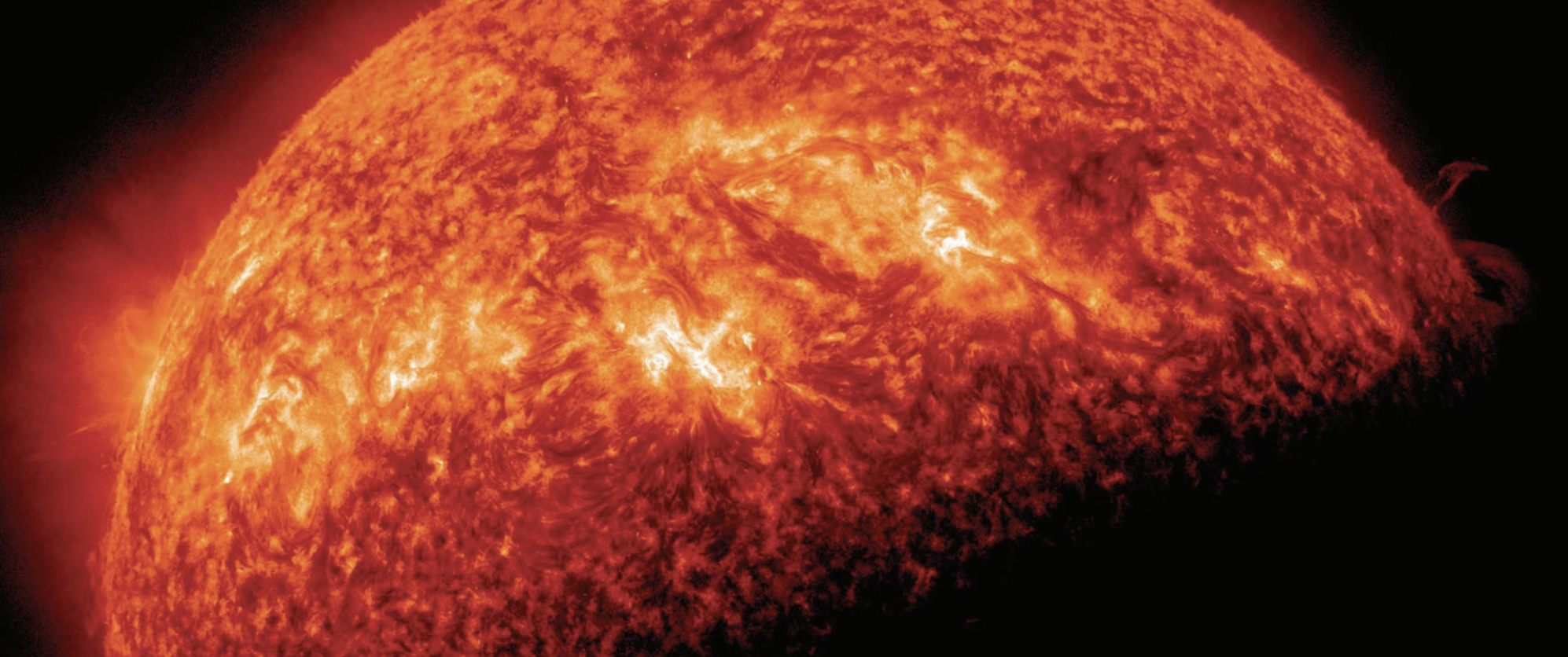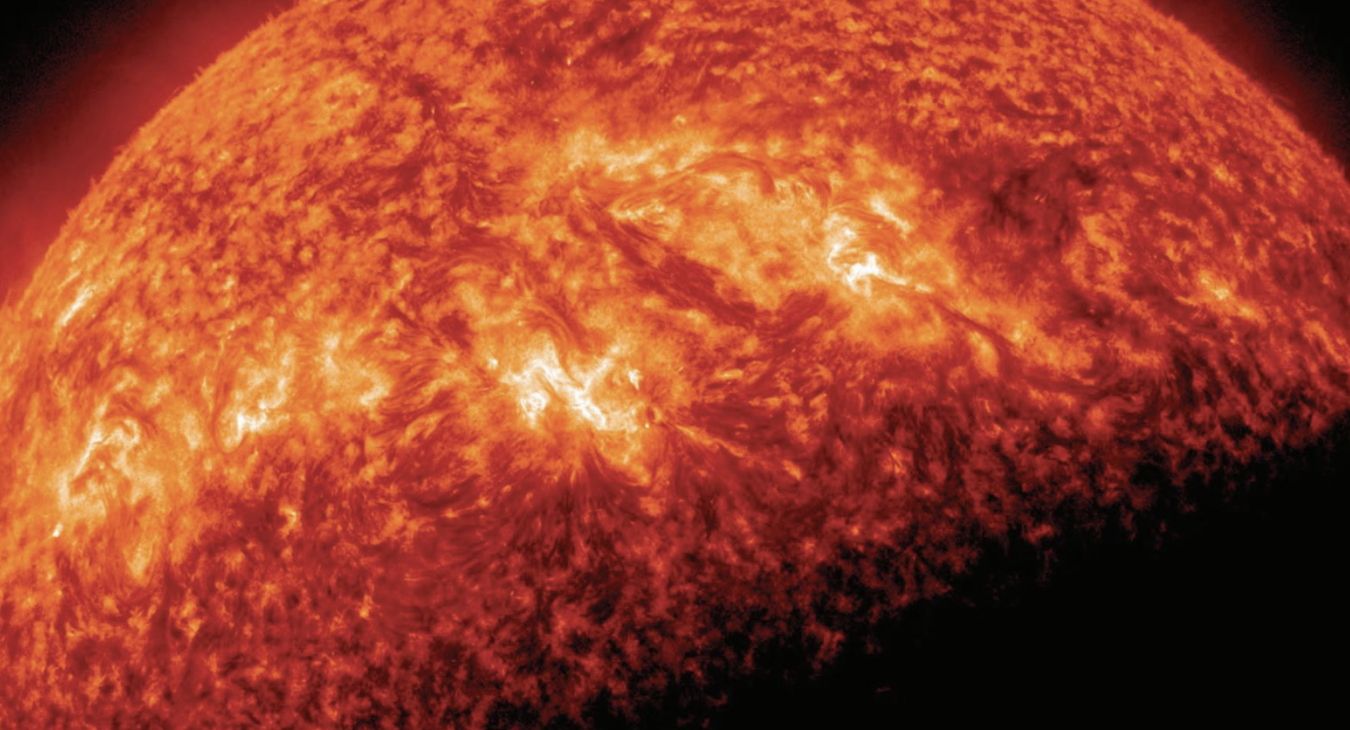A New Year of Stargazing
By Alan Hale
The new year opens with our solar system’s two largest worlds shining brightly in our evening sky. Saturn is in the southwestern sky and sets one to two hours after the end of dusk. Jupiter is almost overhead as darkness falls and gleams in our western sky until it sets one to two hours after midnight.
After being a brilliant beacon in our morning sky during the late summer and autumn months of 2023, Venus is now sinking rapidly toward the eastern horizon. By the end of January, it rises around the beginning of dawn. Somewhat lower is Mercury, visible low in the east for the first couple of weeks of 2024 before beginning a rapid descent into twilight. On the morning of Saturday, January 27, it passes close to Mars, which is now climbing out of the dawn to be well-placed for viewing during the latter months of this year.
The Quadrantid meteor shower—named after the no-longer-recognized constellation of Quadrans Muralis (the Mural Quadrant) located east of the Big Dipper’s handle—reaches its peak on the morning of Thursday, January 4. Under good conditions, the Quadrantids can produce up to 100 or more meteors per hour, although their display is fairly brief, normally lasting only a few hours at most. This year, the moon will be just past its third-quarter phase and may interfere slightly, but probably not overwhelmingly.
Looking ahead to the rest of 2024, a couple of expected returning comets may reach dim naked-eye brightness during the spring and summer months, and one potentially very bright comet may appear during the late summer or early fall.
One of the top astronomical events will be the solar eclipse on Monday, April 8. The path of the total eclipse will include northern Mexico, east-central Texas, and the northeastern U.S., and will be a deep partial eclipse in New Mexico. There are also two partial lunar eclipses during 2024, on the morning of March 25 and the evening of September 17.
We are now approaching the maximum of the current sunspot cycle, which should take place this year or early next year. Among other things, this could mean an increased possibility of aurora displays that might be visible from New Mexico.


